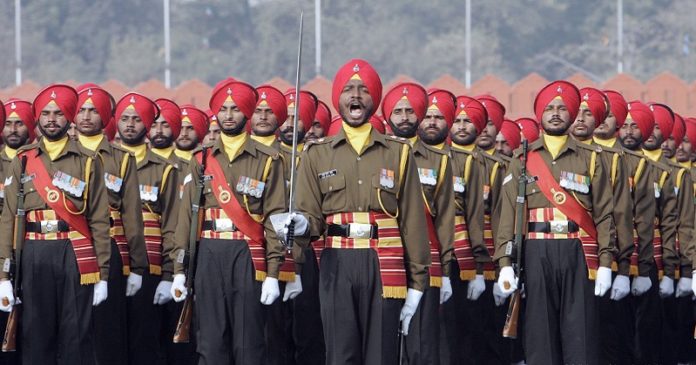
The Sikh Regiment is one of the mightiest infantry regiments of the Indian Army. In existence since the end of the Anglo-Sikh War, the regiment is the most decorated among all regiments having fought battles and wars across continents stretching from the far east to Europe. The valour of the Sikhs is known to everyone in India. Known for their unflinching courage and a strong sense of patriotism, the Sikhs rightly and proudly stand tall as distinguished guardians of the motherland.
1. The Sikh Regiment is the most decorated regiment of the Indian Army.
The regiment has over 1650 gallantry awards.
ADVERTISEMENT
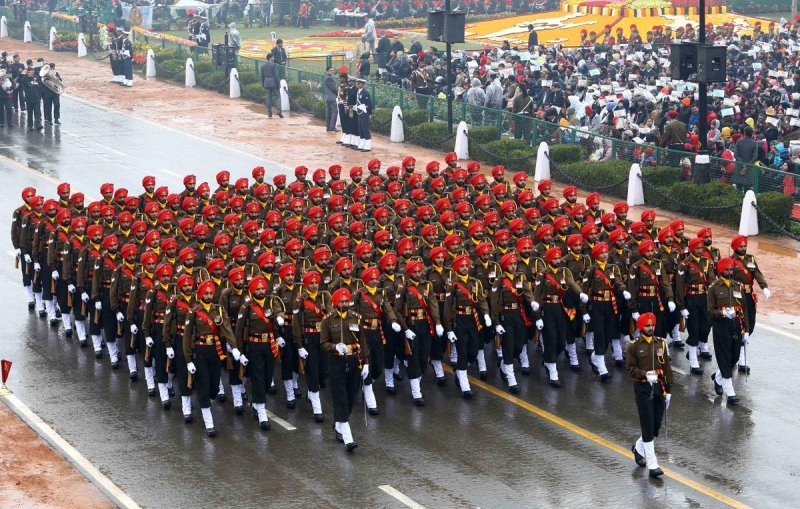
2. Many believe that Sikhs was the first among the martial races recruited by the British but it is not so.
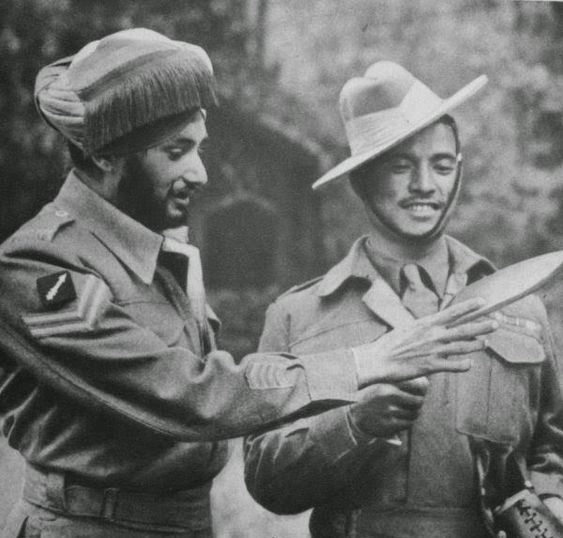
3. The Sikhs were recruited after the Anglo-Sikh War on 1 August 1846, when the British realised the valour of the Sikhs.
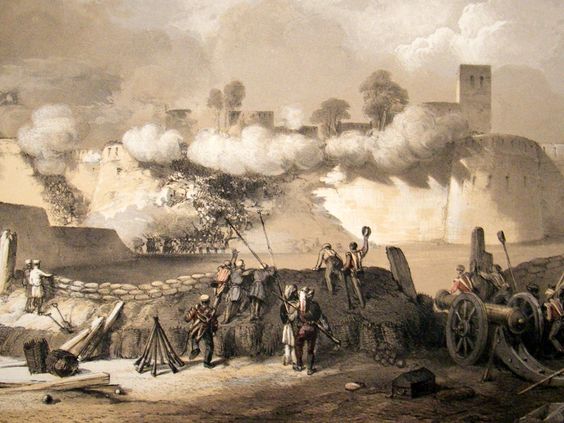
4. Though raised in 1846, Sikhs recognize 12 September 1897 as their regimental day because on that day happened the Battle of Saragarhi.
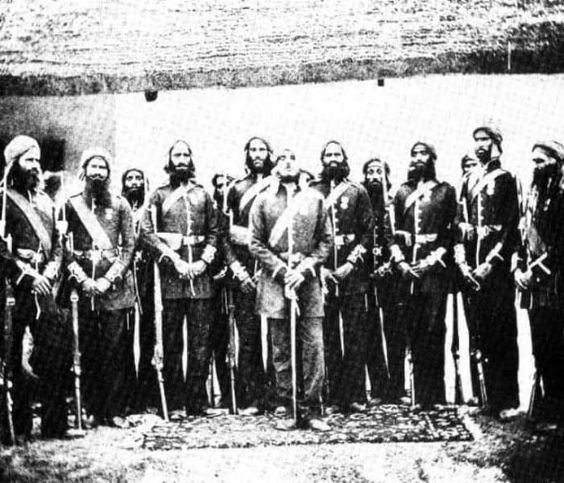
5. The Battle of Saragarhi is considered one of the greatest last-stands in the history of modern warfare.
Twenty-one soldiers of the 36th Sikhs (now the 4th battalion of the Sikh Regiment) of British Indian Army tasked to defend the fort of Saragarhi fought an invading army of 10,000 Afghan tribesmen of the Afridi/Orakzai tribes. In that battle, the Afghans lost 180 of their men and were delayed by the Sikhs to the point that they failed to capture the fort resulting in timely reinforcements from the British forces.
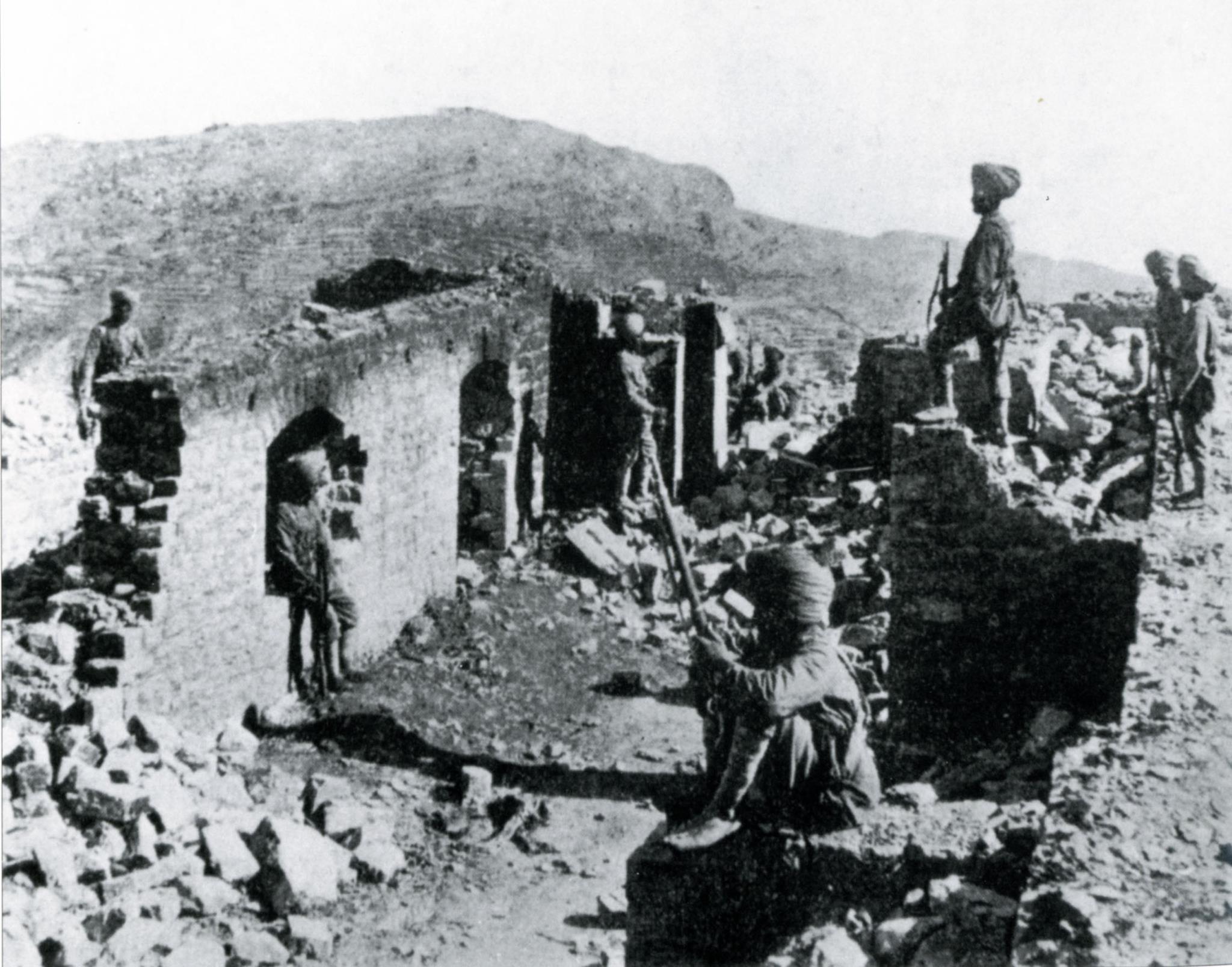
6. Battle of Saragarhi is the only instance in history when all members of an Indian military detachment were honoured with any of the highest military decorations.
By the end of the battle, all 21 Sikhs were dead. Their incredible valour in the face of overwhelming size and ferocity of the enemy forces earned each of them the Indian Order of Merit – the highest military honour an Indian could receive at the time.
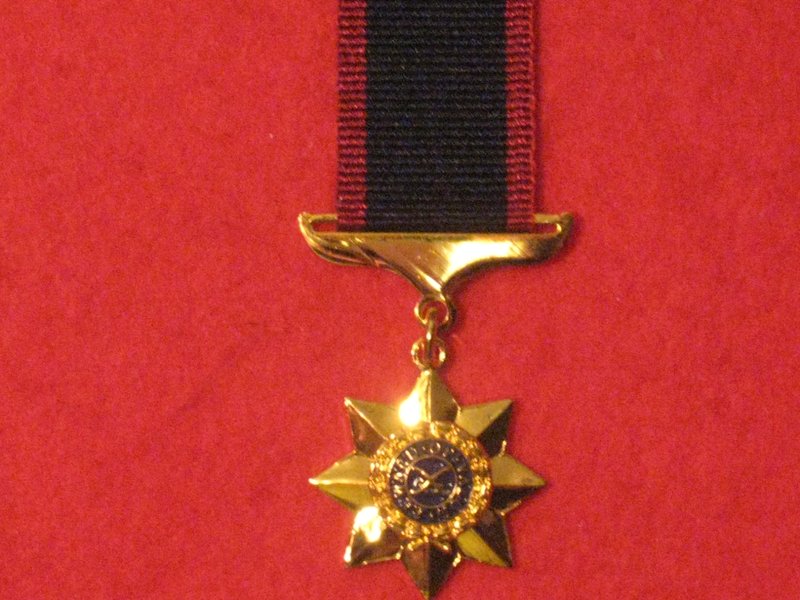
7. All non-officer soldiers in the Sikh Regiment are Sikhs. Officers can be from any community, as is the case with every Indian Army regiment.
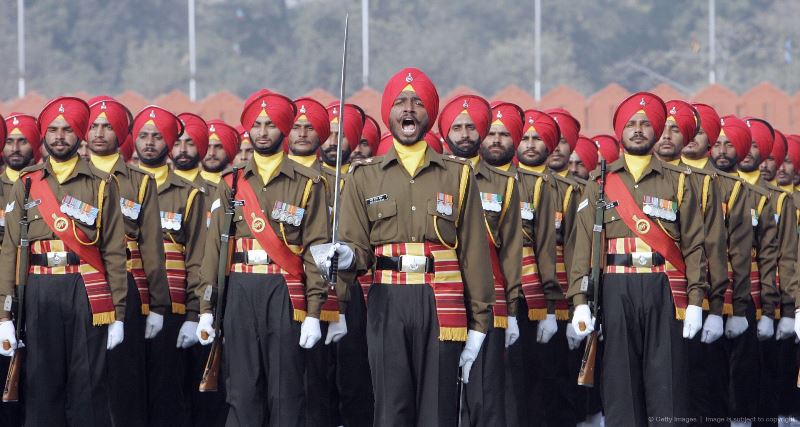
8. The Sikh Regiment was not part of the marching contingent at the 2016 Republic Day parade in which French President Francois Hollande was the chief guest.
The reason reportedly was the Sikh community’s resentment over the French President’s move to ban the Sikh turban in schools in France as it was seen as a religious symbol.
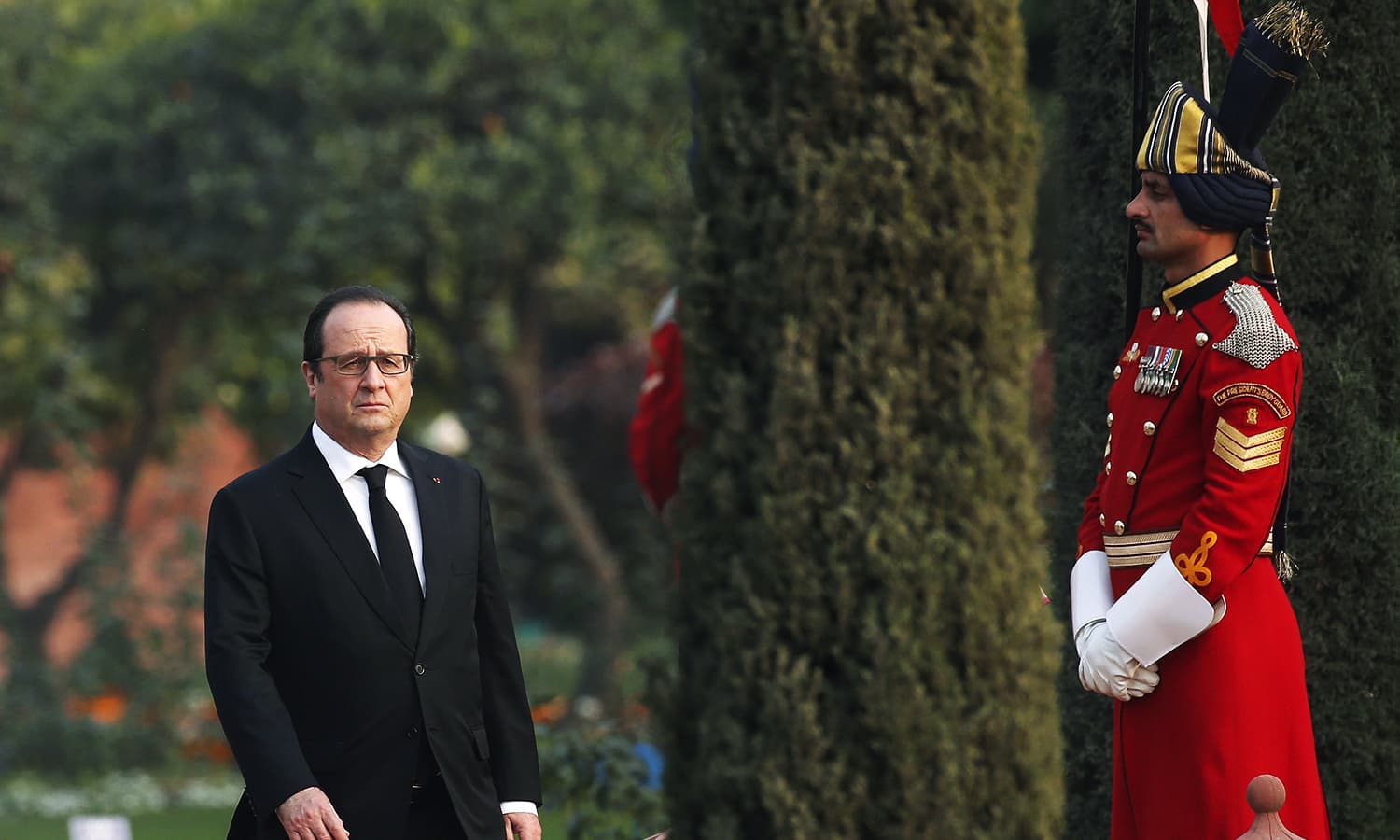
9. The war cry of the regiment is “Jo Bole So Nihal, Sat Sri Akal”(Victory belong to those; Who recite the name of God with a true Heart).
The war cry is a sacred clarion call of the Sikhs which means “one will be blessed eternally who says that God is the ultimate truth”.
ADVERTISEMENT
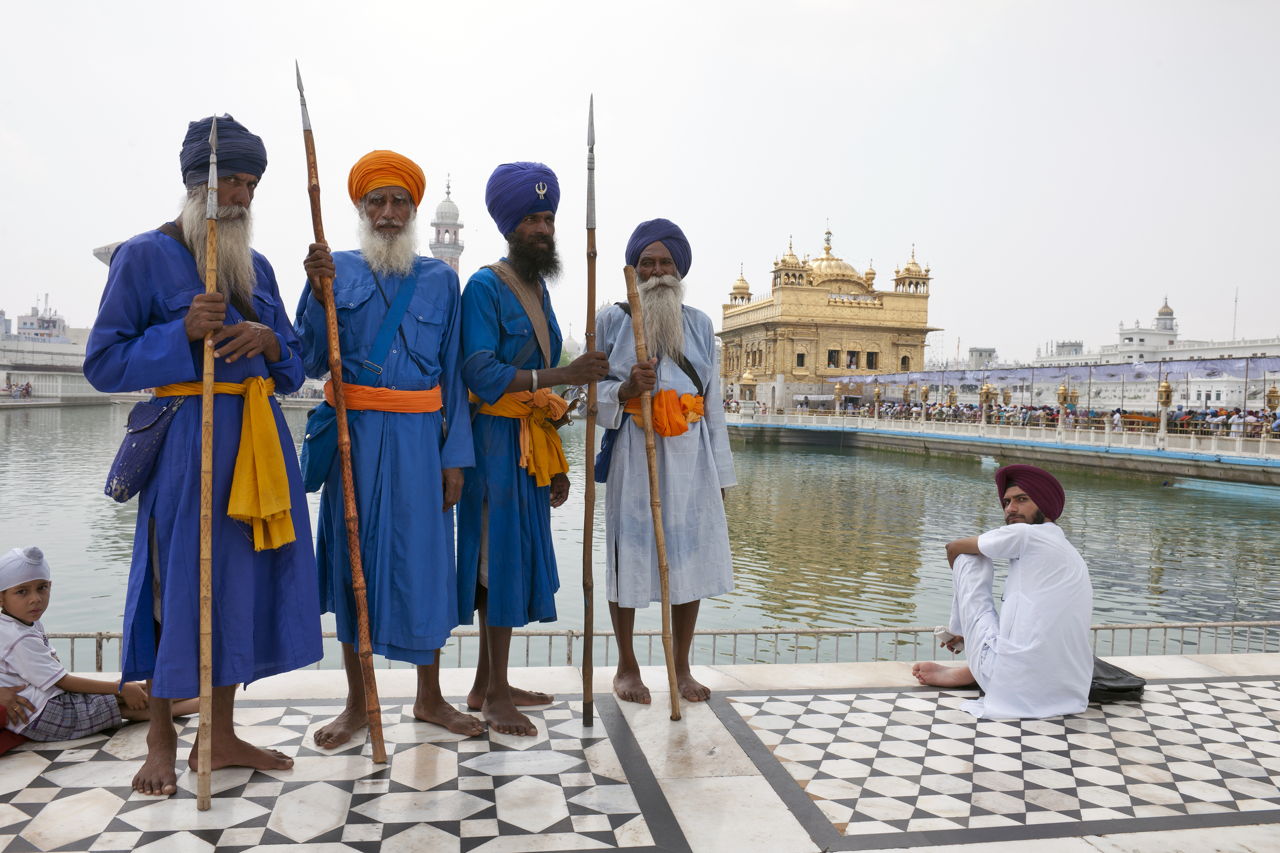
10. Sikh Regiment Motto(s) is, Nischay Kar Apni Jeet Karon (With determination, I will be triumphant).
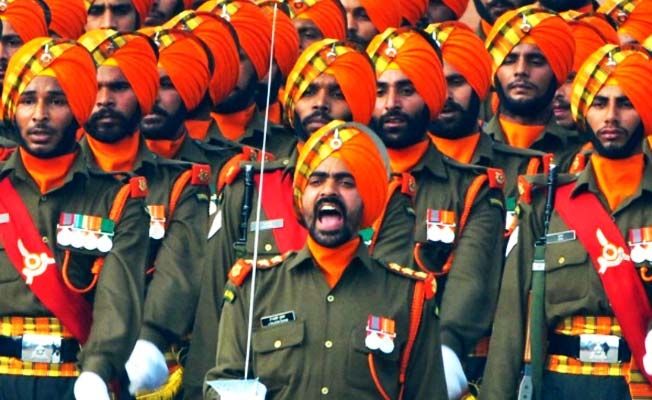
11. The Sikh Regiment has 20 battalions and its regimental centre is located in Ramgarh Cantonment, Jharkhand.
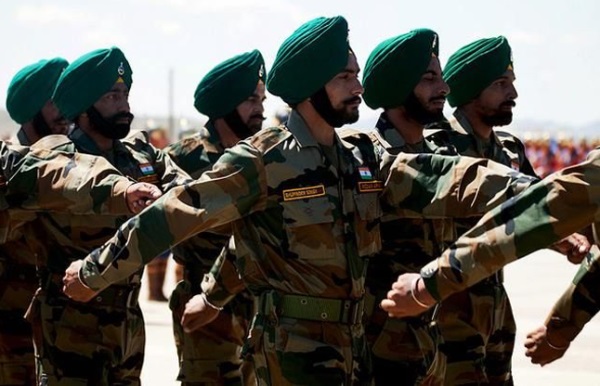
12. It was the 1st battalion of the Sikh Regiment which became the first infantry airlifted to Srinagar to save Kashmir at the start of 1947-48 Indo-Pak War.
Till 1979, it was the Commonwealth’s most decorated battalion. It had 245 pre-independence and 82 post-independence gallantry awards. The battalion was later transformed into the 4th battalion, Mechanised Infantry Regiment.
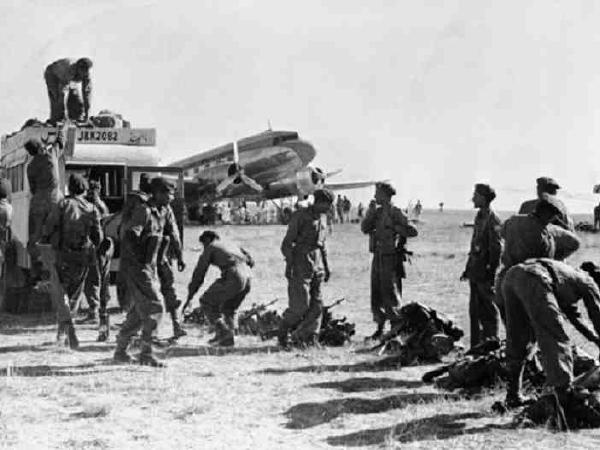
13. The Sikh Regiment has participated in all wars fought since 1846 around the world, including the two World Wars.
The Regiment has won 73 battle honours and 38 honours besides five COAS Unit Citations and two ‘Bravest of the Brave’ citations.
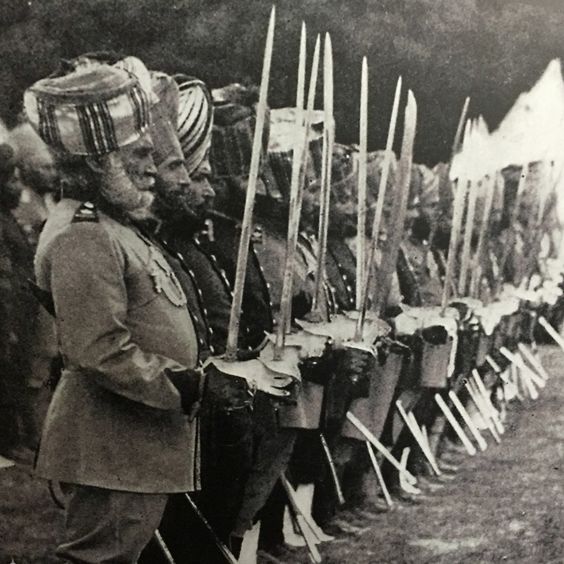
14. Subedar (later Honorary Captain) Karam Singh of 1 Sikh was the first Sikh and non-posthumous recipient of the Param Vir Chakra.
On 13 October 1948, during the first Indo-Pak War of 1947-48, Singh valiantly defended his position at Richmar Gali, which was crucial for the enemy to capture the whole Srinagar Valley.
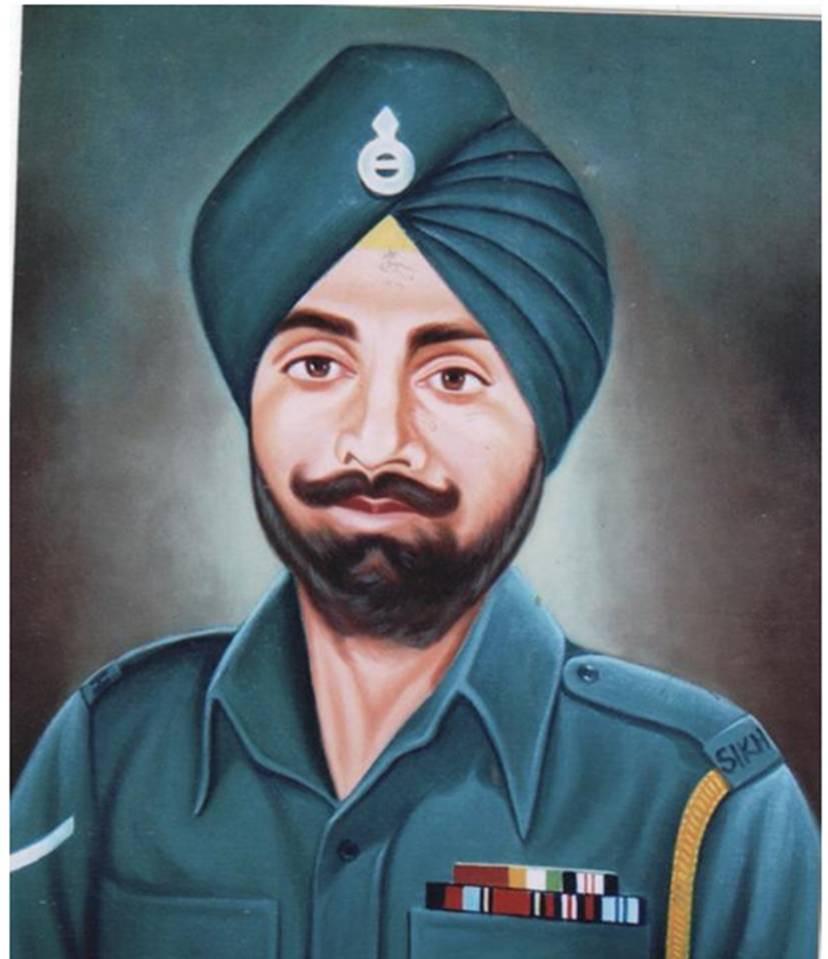
15. Subedar Joginder Singh was the second recipient of the PVC from the Sikh Regiment.
Subedar Joginder Singh of 1 Sikh defended his post at the Bum La Pass in the North-East Frontier Agency during the 1962 Sino-Indian War. When their ammunition stock became empty, Singh led his men to charge at the invading Chinese with bayonets. He was severely wounded, captured and later died in Chinese captivity. The Chinese, who, unlike Pakistanis, respect even a courageous enemy, returned Singh’s ashes with full military honours to India after the end of the war.
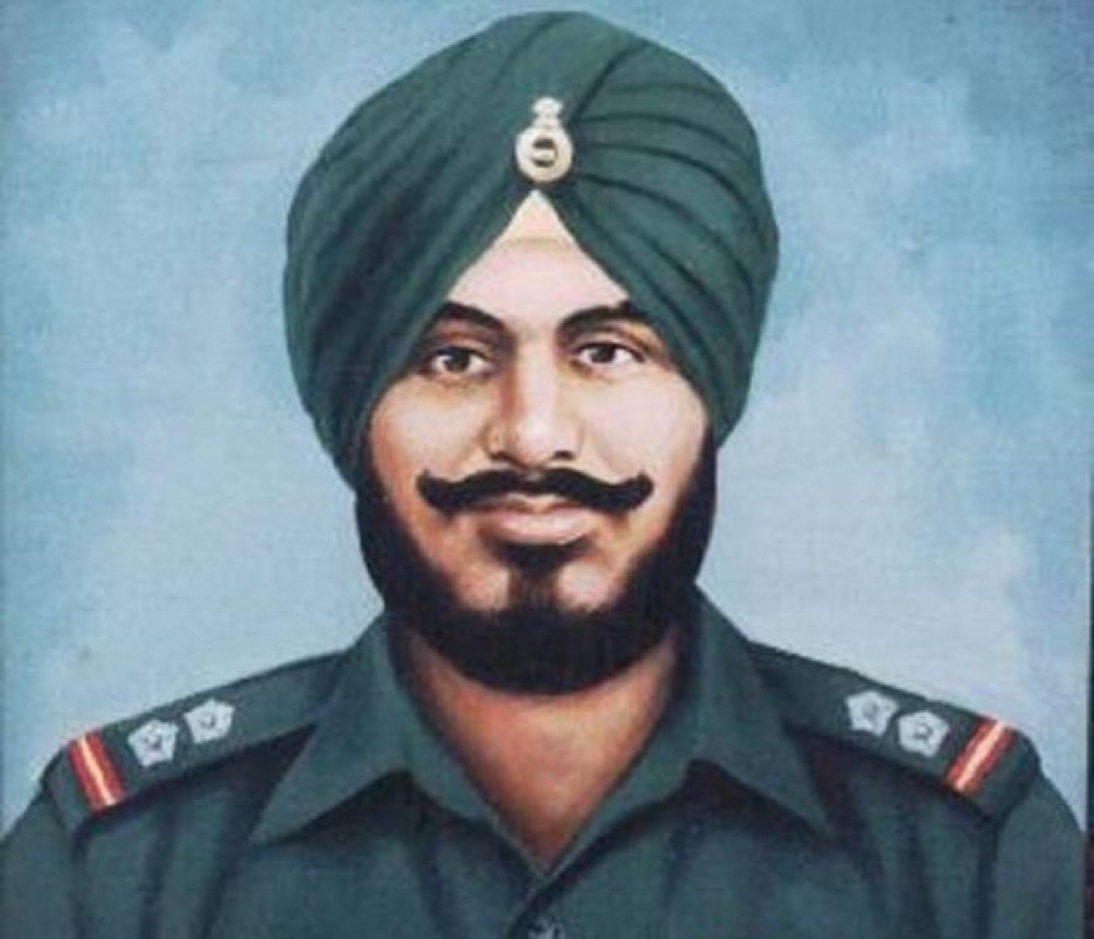
16. The 8th battalion of the Sikh Regiment was given ‘Unit Citation’ for the gallantry displayed during the 1999 Kargil War during the capture of Tiger Hill.
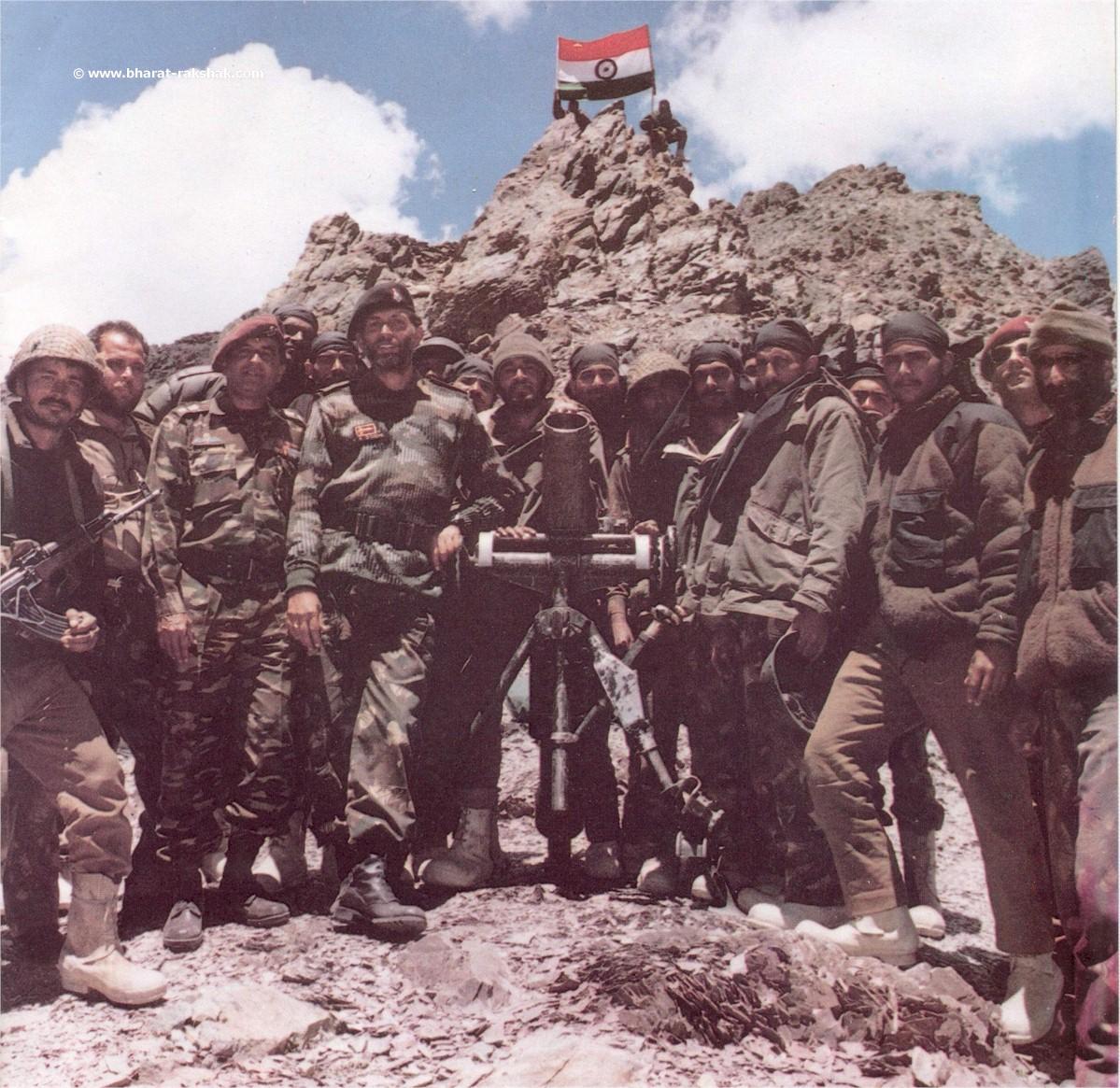
17. Of the total Indian force deployed to fight the Japanese invasion of Malaysia and Singapore during World War II, over 60 percent were Sikhs.
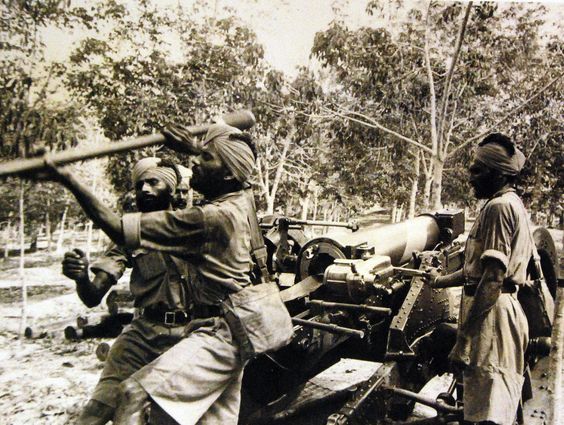
18. Sikhs were the majority of the British Indian soldiers sent for the Italian campaign in World War II, which eventually led to the end of Italy’s Mussolini regime.
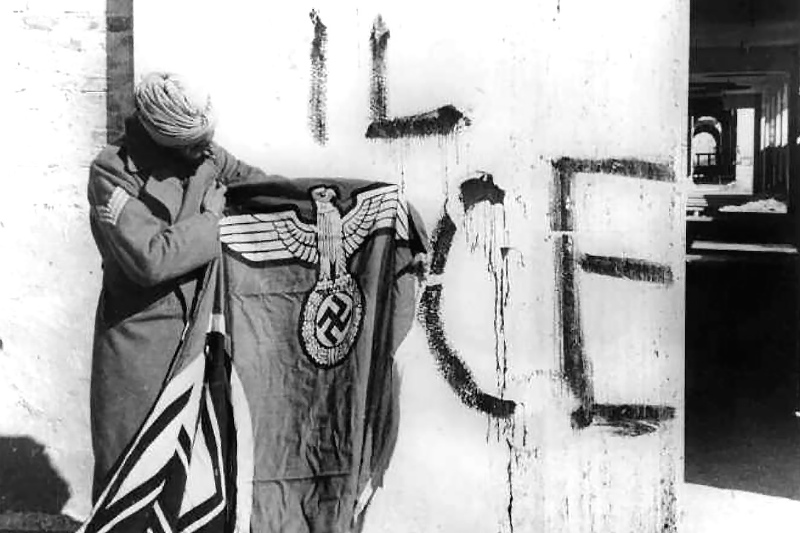
19. Sikhs won 28 battle honours in WW I and 21 in WW II.
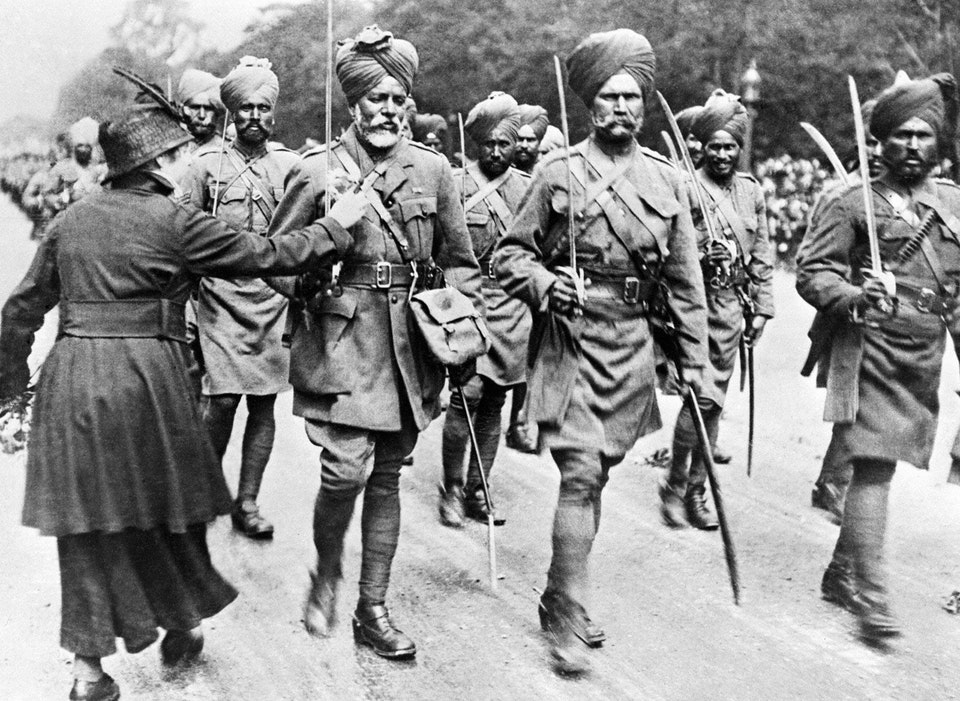
ADVERTISEMENT











